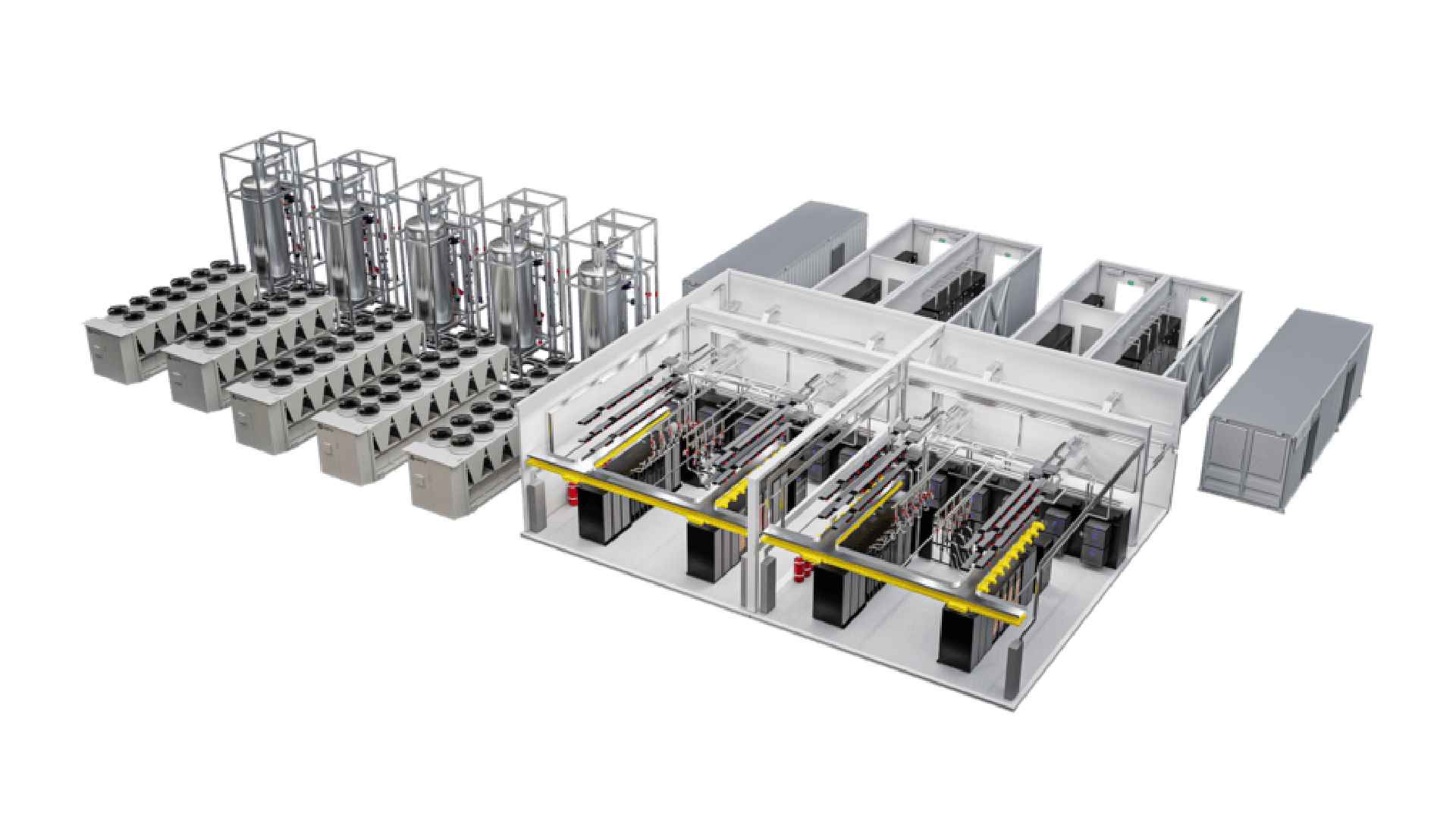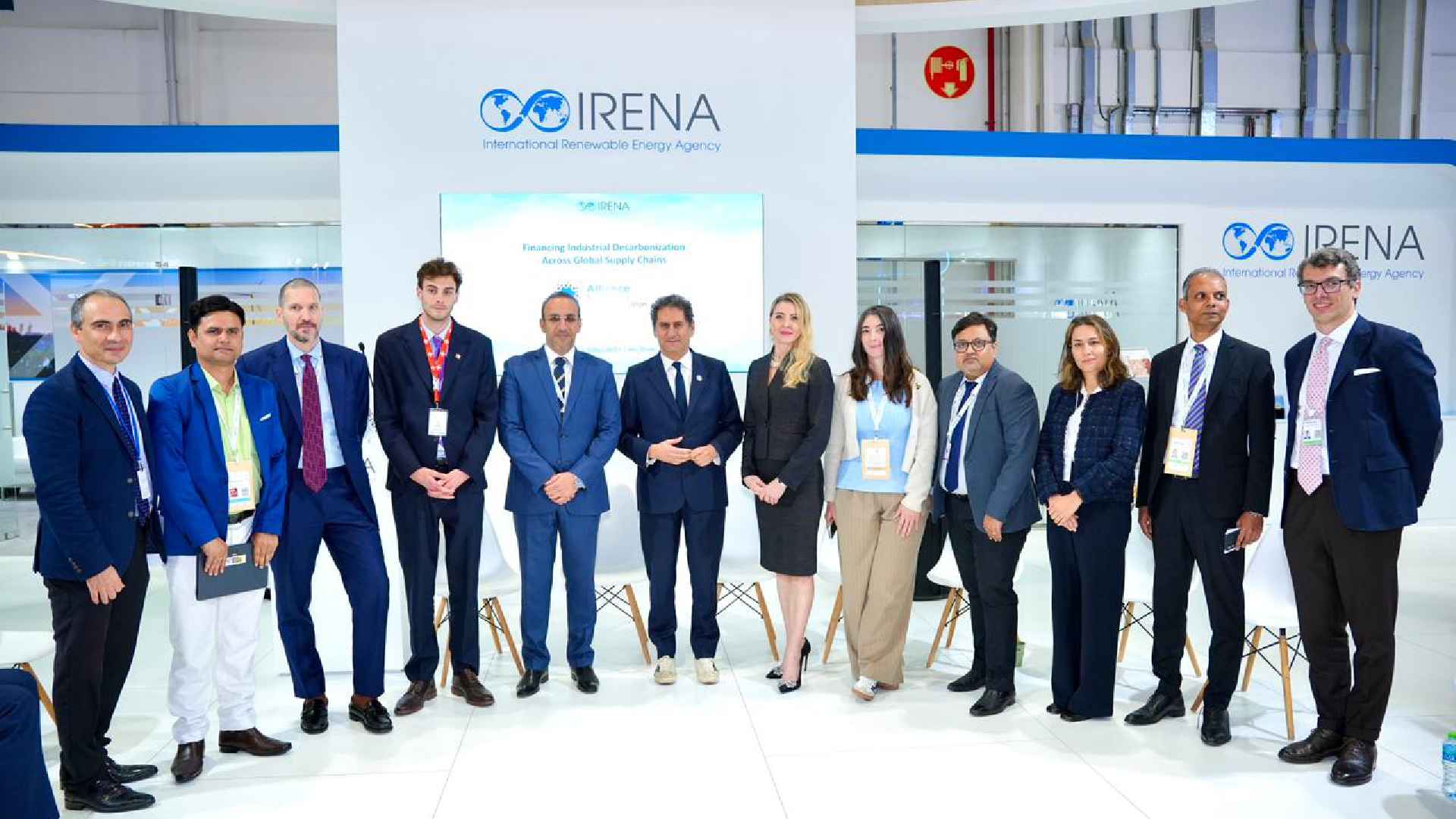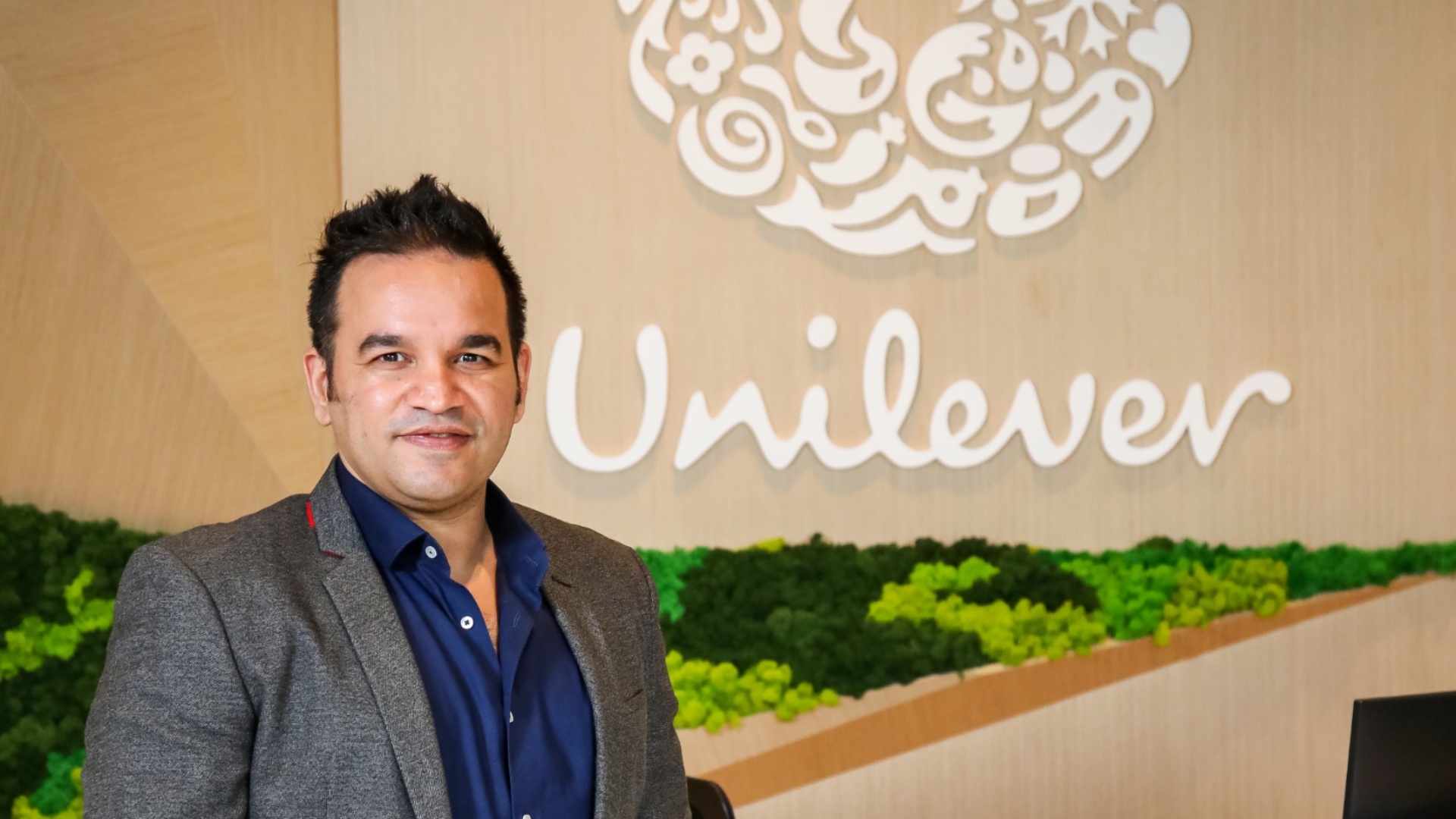Technology
Lenovo’s new ThinkPad P1 mobile workstation

Lenovo’s ThinkPad P1. is the thinnest, lightest and sleekest mobile workstation, the ThinkPad P1 gives users the style they want and the performance they need. The ThinkPad P1 fulfils the desire for workstation performance and reliability in a thin and light design. The result is an ideal recipe of workstation power and an ultra-premium look and feel.
Key features:
- Processors: 8th Gen Intel Xeon and Core processors, including support for the Core i9 CPU, and delivers ECC memory support
- Speed: Clocks speeds up to 4.6GHz.
- Graphics cards: Users can also enjoy a boost in performance with the latest NVIDIA Quadro P1000 and P2000 professional graphics cards.
- Display: In addition to its graphics and processors, this mobile workstation offers a 15-inch, 4K UHD display, representing 100% of the Adobe color gamut, as well as a touchscreen, IR camera standard, 4TB of M.2 PCIe premier storage and 64GB of memory at 2667MHz.
Power supply: Attention to detail even extends to the power supply. Customers know a thin and light workstation is nothing if it still comes with a bulky power supply. That’s why the ThinkPad P1 power supply is 35 percent smaller and lighter than predecessors
Tech News
VERTIV INTRODUCES NEW MODULAR LIQUID COOLING INFRASTRUCTURE SOLUTION TO SUPPORT HIGH-DENSITY COMPUTE REQUIREMENTS IN NORTH AMERICA AND EMEA

Vertiv (NYSE: VRT), a global leader in critical digital infrastructure, today announced new configurations of the Vertiv™ MegaMod™ HDX, a prefabricated power and liquid cooling infrastructure solution engineered for high-density computing environments, including artificial intelligence (AI) and high-performance computing (HPC) deployments. The new configurations give operators flexibility to support rapidly increasing power and cooling requirements while optimizing space and deployment speed. The models are available globally.
Vertiv MegaMod HDX integrates direct-to-chip liquid cooling with air-cooled architectures to meet the intense thermal demands of AI workloads, supporting pod-style AI environments and advanced GPU clusters. The new compact solution has a standard module height and a maximum of 13 racks and power capacity up to 1.25 MW; the combo solution has an extended-height design with a maximum of 144 racks, supporting power capacities up to 10 MW. Both can support rack densities from 50 kW up to more than 100 kW per rack. The hybrid cooling architectures integrate direct-to-chip liquid cooling with air cooling for efficient, high-density thermal management, while the prefabricated modular designs enable accelerated deployment and allow customers to scale their data centers as demand grows.
“Today’s AI workloads demand cooling solutions that go beyond traditional approaches. With the Vertiv MegaMod HDX available in both compact and combo solution configurations, organizations can match their facility requirements while supporting high-density, liquid-cooled environments at scale. Our designs deliver what data centers need most—reliable performance, operational efficiency, and the ability to scale their AI infrastructure with confidence,” said Viktor Petik, senior vice president, infrastructure solutions at Vertiv.
The Vertiv MegaMod HDX models feature innovative hybrid cooling architecture, combining direct-to-chip liquid cooling with adaptable air systems in a fully integrated, prefabricated pod. The solutions feature distributed redundant power architecture enabling continuous operation even if one module goes offline. Additionally, the buffer-tank thermal backup system allows GPU clusters to maintain stable operations during maintenance or load transitions. This factory-integrated design enables repeatable precision in deployment while providing cost certainty for planning and scaling AI infrastructure.
This prefabricated design, combined with factory integrated and fully tested components and Vertiv’s global service network, provide dependable end-to-end support.
Vertiv’s extensive portfolio of power, thermal, and IT management solutions supports a wide range of data center architectures, enabling customers to meet rising density demands with scalable, high-performance infrastructure. Both configurations draw on this broader portfolio, including the Vertiv™ Liebert® APM2 uninterruptible power supply (UPS), Vertiv™ CoolChip CDU cooling distribution unit, Vertiv™ PowerBar busway system, and Vertiv™ Unify infrastructure monitoring.
Vertiv also offers IT rack infrastructure designed to seamlessly accommodate and support IT systems, including Vertiv™ racks and Vertiv™ OCP- compliant racks, Vertiv™ CoolLoop RDHx rear door heat exchanger, Vertiv™ CoolChip in-rack CDU, Vertiv™ rack power distribution units, Vertiv™ PowerDirect in-rack DC power system, and Vertiv™ CoolChip Fluid Network Rack Manifolds.
Tech News
HOLCIM UAE JOINS IRENA’S ALLIANCE FOR INDUSTRY DECARBONIZATION (AFID)

Holcim has joined the Alliance for Industry Decarbonization (AFID) under the International Renewable Energy Agency (IRENA), reinforcing its commitment to play an active role in shaping the future of low-carbon construction in the UAE and beyond.
Formalized during Abu Dhabi Sustainability Week in January 2026, the membership marks a strategic milestone in Holcim UAE’s evolution from operational decarbonization to sector-wide leadership. Through AFID, Holcim is partnering with a government-led alliance, bringing its established expertise and operational leadership in sustainable building materials and solutions to policy and industry dialogues shaping the future of industrial activity in the UAE.
AFID brings together governments, international organizations, and leading industrial players to accelerate the implementation of technologies and practices across hard-to-abate sectors. Holcim’s participation reflects a deliberate focus on collaboration with policymakers and industry peers, ensuring that regulatory frameworks, investment signals, and technology pathways are informed by real-world industrial experience.
“Industry decarbonization requires practical action at scale, supported by the right policy direction. Joining AFID allows Holcim to engage at that intersection, bringing perspective shaped by practical experience to conversations that matter for the UAE’s low-carbon future,” said Ali Said, CEO of Holcim UAE and Oman.
AFID’s work spans priority areas such as Renewables, Carbon Capture, Utilization, and Storage, Circularity, Green Hydrogen, Human Capital, and Climate-aligned Finance. These focus areas closely align with Holcim’s long-term strategy where sustainability underpins how the business operates, invests, and works with partners across its value chain.
By joining AFID, Holcim reinforces its positioning as a partner focused on contributing to the broader systems and collaborations that will define the future of sustainable construction in the United Arab Emirates and the wider region.
Tech Interviews
From Diaspora Intelligence to AI: Unilever International’s Data Revolution

Exclusive Interview with Aseem Puri, CEO, Unilever International
- How is Unilever International using data and analytics to bring underserved and overlooked consumer groups into the center of your decision-making?
Many of the consumers we serve are invisible to conventional market structures, which are usually built around large, well-measured countries and mainstream shoppers. At Unilever International, we have turned that around by defining “underserved consumers” as our starting point: immigrants, global aspirers, and consumers in SMILE (small, island, landlocked, extreme) markets, who are often overlooked by traditional business models – and our business approach is specifically designed around these consumers.
Data analytics is central to our operations. We pull information from SAP, Salesforce and other operational systems into a single digital backbone, so shipment flows, customer orders, distributor stock and sales performance are visible in one real-time view across business functions. Alongside this, we use digital and social listening tools to understand what specific communities are searching for, watching and discussing, and we route those insights directly into innovation, portfolio and media decisions.
That is how we picked up emerging home-care rituals in Korea which inspired the Snuggle room spray and indoor dry range, now accounting for roughly 10% of the country’s fabric softener market. The same logic applies to partnerships: our role in building the ICC women’s cricket platform for brands such as Rexona and Dove was based on data on women’s sports viewership, participation and fandom, particularly in markets like India and the UAE. In this way, our investments are tied to real participation for girls and women and to growth in whitespace markets, not just to media reach.
- Diaspora consumers behave like distinct micro-markets with their own preferences. How are you using predictive modeling to anticipate their needs before they emerge?
For Unilever International, diaspora consumers are not a marginal audience; they are one of our largest growth engines. We serve more than 500 million diasporas across 40 SMILE markets, with a strong presence in the Gulf. We treat each major diaspora as a micro-market, with its own set of preferred brands, formats and seasonal or festive peaks.
Our predictive models combine migration trends, remittance flows where these are available, historic consumption patterns, and digital search and social signals to forecast how, when and where demand is likely to appear. As a result, we do not wait for an out-of-stock alert before acting.
For brands such as Bru, Lady’s Choice and Rafhan, we use forward-looking algorithms to shape assortment and route-to-market for South Asian and Middle Eastern communities in hubs such as the UAE, the UK and Australia.
From the shopper’s perspective, the benefit is simple. When they arrive in Dubai or London, the brands and pack sizes they recognise from home are already available in store or online, such as Ramadan, Diwali or Eid, because our models have anticipated those peaks rather than reacting after the seasons.
- Digital integration and data sharing are becoming standard across retailers and e-commerce platforms. How have these partnerships evolved for Unilever International in the UAE?
In the UAE, we have purposefully moved our relationships with retailers and e-commerce platforms away from purely transactional interactions towards shared value creation. By integrating sell-in and sell-out data feeds into our digital systems, we can see, almost in real time, how diaspora and expatriate shoppers are buying across modern trade and online channels.
This shared visibility allows us to co-create category strategies with key partners. Together, we tailor shelf layouts for Indian, Filipino or African shoppers in specific catchment areas, align promotional calendars to their festive occasions, and optimise e-commerce cut-off times so that late-night orders can still arrive the following day. Data sharing help both parties to reduce waste, avoid duplicated inventory and execute innovations with much shorter and more reliable launch windows.
Our role in brokering platforms such as ICC women’s cricket, announced at a festival in Dubai, also gives our customers access to high-energy brand properties. We then activate these jointly across stores, e-commerce and social channels in the Gulf. This creates a closed loop between data, media and execution that is grounded in the lived experience of UAE consumers, rather than driven solely by internal planning cycles.
- AI adoption is accelerating across supply chains and consumer insights. How is Unilever International using AI to create real value for underserved consumers while enabling faster, smarter growth?
We see AI as a strategic teammate that extends the capability of our people rather than replacing them. Our AI Hub in Singapore co-ordinates how tools are deployed across demand sensing, supply chain and marketing, and human resources. We are moving from isolated experiments to integrated systems that connect marketing, supply chain, finance and resourcing data so that decisions can be made jointly and in real time.
For underserved consumers, the impact is very tangible. AI-driven demand sensing and container optimisation help us keep shelves stocked and navigate complex routes without relying on a single corridor, even when there are disruptions such as the Red Sea crisis. AI-powered social listening highlights niche behaviours, for example Koreans using fabric fresheners as room sprays or searching for indoor drying solutions. These insights led to new Snuggle formats tailored to local needs, which gained share quickly.
We also have a documentation centre of excellence to manage end-to-end paperwork for new and existing product entries. We have partnered with a tech startup to develop an AI-optical character reading programme that supports import and export processes, and optimises container loads with 100% accuracy.
All AI activity is guided by Unilever’s Responsible AI Policy, which requires transparency, human oversight and the ability to challenge decisions in every use case. This balance between speed and responsibility allows us to unlock growth without compromising trust.
- In many emerging markets, data is often limited or incomplete. How do you build a reliable, tech-enabled decision-making system in these environments to ensure accuracy and speed?
Many of the countries we serve, including small islands, landlocked states and conflict-affected territories, do not generate the rich, structured data sets that larger markets enjoy. Instead of waiting for perfect information, Unilever International has built a “good enough to act” decision system that deliberately combines different sources of insight.
We integrate shipment data from our SAP backbone, distributor sell-out data where it can be secured, digital shelf and pricing information, and social listening. We complement this with qualitative insight from local teams, NGOs and institutional partners. In SMILE markets such as rural Laos or East Timor, we overlay container-level visibility so that we can see precisely where goods are located, how long customs processes are taking and where real bottlenecks are forming.
AI-enabled tools help us to close the gaps. We use proxy indicators to forecast demand and plan scenarios to test potential price and promotion moves. Human judgement, particularly from local partners, remains central. Our digital backbone ensures that decisions are fast, repeatable and auditable, even in highly challenging environments.
- Leading a tech-driven organization requires both vision and adaptability. What personal leadership principle has shaped the way you guide Unilever International through digital transformation and fast-moving markets?
The principle that has influenced my leadership most is empathy combined with decisive action. Unilever International delivers products to nearly every country in the world, barring sanction markets, which means our teams work across a wide range of cultures, regulatory environments and infrastructure conditions. If I do not genuinely understand what motivates colleagues, customers and consumers on the ground, even the strongest digital strategy remains abstract.
At the same time, I believe in empowering our teams to experiment and fail forward. This mindset, supported by data and AI, allowed us, for example, to build a direct-to-consumer platform in 100 days and to scale collaborations such as the IHG bulk-amenities partnership, which removes hundreds of tonnes of single-use plastic annually while giving travellers an improved yet sustainable Dove experience.
We embed this way of working through our “digital identity” approach, where leaders explicitly carry digital responsibilities within their titles and objectives. This makes it clear that technology, AI and data are not the concern of a separate specialist team. They are part of how every leader at Unilever International serves underserved consumers and grows the business with both speed and responsibility.
-

 Tech News2 years ago
Tech News2 years agoDenodo Bolsters Executive Team by Hiring Christophe Culine as its Chief Revenue Officer
-

 VAR9 months ago
VAR9 months agoMicrosoft Launches New Surface Copilot+ PCs for Business
-

 Tech Interviews2 years ago
Tech Interviews2 years agoNavigating the Cybersecurity Landscape in Hybrid Work Environments
-

 Tech News6 months ago
Tech News6 months agoNothing Launches flagship Nothing Phone (3) and Headphone (1) in theme with the Iconic Museum of the Future in Dubai
-
News10 years ago
SENDQUICK (TALARIAX) INTRODUCES SQOOPE – THE BREAKTHROUGH IN MOBILE MESSAGING
-

 Tech News2 years ago
Tech News2 years agoBrighton College Abu Dhabi and Brighton College Al Ain Donate 954 IT Devices in Support of ‘Donate Your Own Device’ Campaign
-

 VAR1 year ago
VAR1 year agoSamsung Galaxy Z Fold6 vs Google Pixel 9 Pro Fold: Clash Of The Folding Phenoms
-

 Editorial1 year ago
Editorial1 year agoCelebrating UAE National Day: A Legacy of Leadership and Technological Innovation












